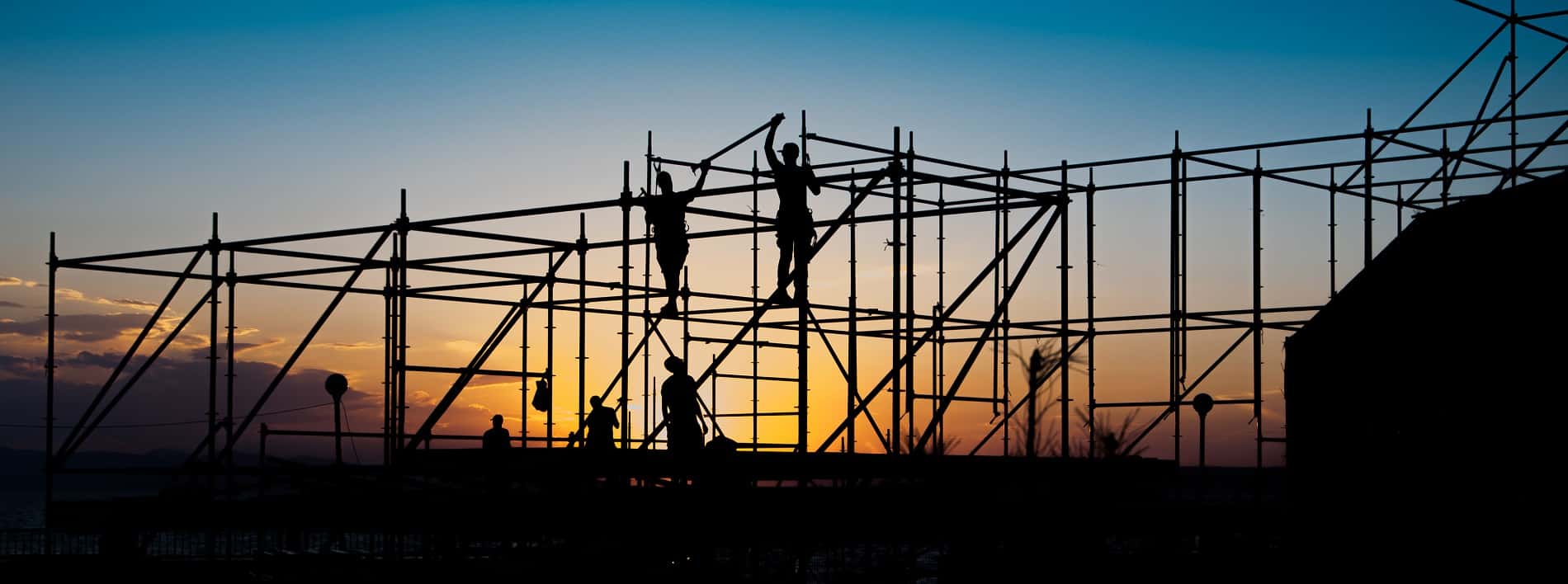How is formwork different from scaffolding?
Both scaffolding and formwork are used extensively for specific kinds of projects in the construction industry. Don’t get confused for these terms of mistake them for each other because they are different. For projects where it’s necessary to hold wet concrete in place or mould it until it hardens to the shape required, formwork is used.
While formwork refers to temporary or permanent moulds or cases that hold wet concrete until it dries, scaffolding refers to temporary structures erected to serve as working platforms to support workers during repair, maintenance or construction work, allowing them to reach heights they otherwise wouldn’t have been able to reach.
Scaffolding and formwork are used for entirely different applications and have equally different requirements. Scaffolding must be easy to erect, convenient to transport and simple to dismantle. The platforms should be large enough to make it easy for workers to move around freely and easily transport materials. The structure as a whole needs to be solid enough to ensure that the weather does not affect it, causing it to tilt, deform or shake over time.
As for formwork, it needs to be strong enough to manage the weight of the concrete it supports as it hardens. It needs to be designed, taking into consideration the great deal of pressure wet concrete applies to the formwork, especially at the bottom. If it’s not properly designed, the formwork can break or bend as the concrete is being filled.
Unlike scaffolding that can be removed once work is completed, workers have to wait for the concrete to dry thoroughly before they can remove the formwork. It’s usually left in place for a number of days to be on the safe side because it could cause an accident if the formwork is removed too soon.
Scaffolding and formwork can also be differentiated by type. Some of the varieties of scaffolds used include stack, roof saddle, independent tied and birdcage scaffolds. Other scaffold structures include putlog, the hanging bracket and scaffold towers. On the other hand, types of formwork include traditional timber formwork and permanent insulated formwork or engineered, stay-in-place structural or reusable plastic formwork.




